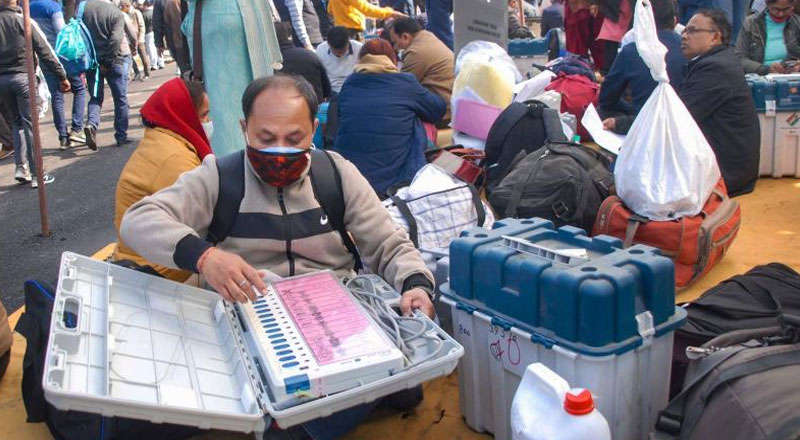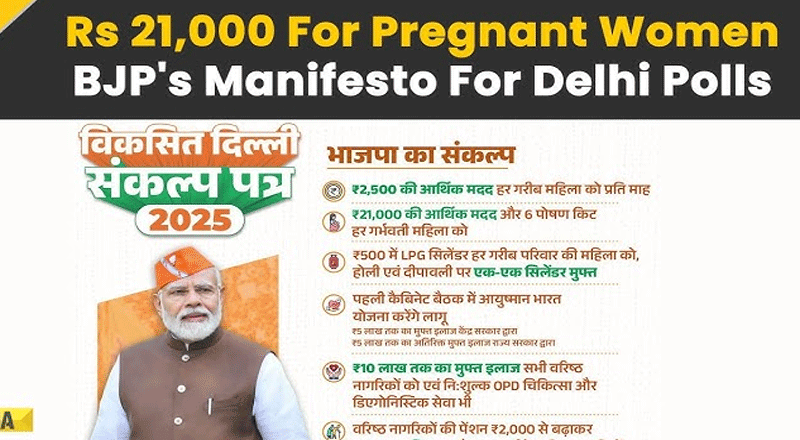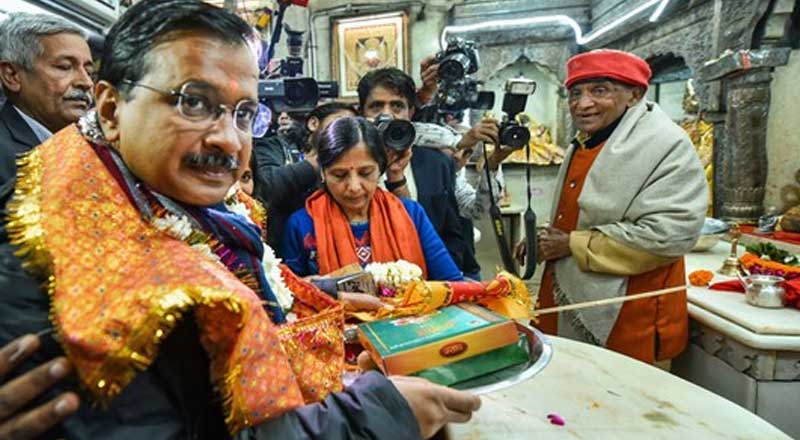Samajwadi Party pockets might pose a challenge to the BJP in Phase-3 of the Uttar Pradesh Assembly Elections 2022 on February 20.
Karhal, an assembly constituency in Uttar Pradesh’s Mainpuri district, was one of the 42 seats that elected a non-Congress MLA in the very first assembly elections in the state in 1951-52.
In the subsequent 16 more elections, Karhal elected a non-Congress and non-Bharatiya Janata Party MLA on 14 occasions. The only two exceptions were 1980 and 2002. On most other times, it elected a Samajwadi Party candidate or its previous avatars like the Lok Dal, the Janata Party, or the Janata Dal.
Samajwadi Party chief Akhilesh Yadav has chosen this seat, considered safe because of its electoral history, to enter the state assembly this time. According to some estimates, Yadavs, an influential Other Backward Classes (OBC) group, account for nearly 50 per cent of the voting population in this assembly constituency.
Karhal is one of 59 seats spread across 16 districts in two regions — Bundelkhand and in and around Etawah — going to polls in the third phase on February 20. The constituencies in and around Mainpuri-Etawah used to be the Samajwadi Party stronghold till the BJP breached it in 2014. And the Bundelkhand region has backed different parties in different elections. Currently, the BJP enjoys full domination there.
In the 2012 assembly elections on these 59 seats, the BJP won eight seats with a modest vote share of 17 per cent. However, there was a gravity-defying positive swing of 27 percentage points in the BJP’s vote share in 2017. Its seat tally stood at 49. The seat tally of the Samajwadi Party, on the other hand, dropped from 37 to just eight in these elections. The Bahujan Samaj Party, once a formidable player in the Bundelkhand region, has seen its performance dipping since 2012.
A look at the electoral history in these seats suggests that political loyalty keeps changing. A part of the reason could be the preponderance of multiple social groups. Other than Firozabad where Muslims constitute 39 per cent of the population, and to some extent Sishamau and Arya Nagar, in most other seats, the share of the Muslim population is less than the state average of 19 per cent. However, there are 30 seats where Dalits account for at least one-fifth or more of the voting population. In places like Dibiyapur, Mauranipur, and Garautha, the scheduled caste population exceeds 30 per cent, according to calculations done on the basis of Census data.





